Faculty members are central to the School’s success as dedicated educators, groundbreaking researchers, and vital mentors to the next generation. The School is committed to recruiting top academics with diverse backgrounds who are dedicated to scholarship, teaching, and service that embraces and engages the full measure of the diversity of our society.
The School is also making substantial new efforts to support faculty doing outstanding work by committing significant resources over the next decade to a new faculty fellowship program. These new fellowships provide flexible funding over five years to further a faculty member’s research and scholarship. In addition, the School will be establishing new professorships and chairs through Impact 2030 and a campus-wide Morgridge Match program.
Meet the School’s first nine faculty fellows:
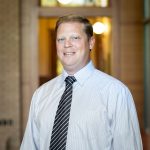 David Bell
David Bell
Associate Professor, Department of Kinesiology, Department of Orthopedics and Rehabilitation
Bell teaches in the Athletic Training program and serves as the director of the Wisconsin Injury in Sport Laboratory. His research focuses on identifying risk factors for musculoskeletal injuries, with a special focus on sport specialization in children.
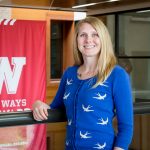 Stephanie Budge
Stephanie Budge
Associate Professor, Department of Counseling Psychology
Budge’s (she/her) research focuses on emotional and coping processes for transgender and nonbinary (TNB) youth and adults, with an emphasis on wellness. She also conducts research on the effectiveness of medical and psychotherapeutic treatments for TNB clients. She is particularly interested in understanding how to address oppression in the context of psychotherapy.
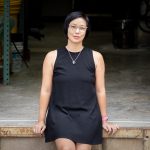 Helen Lee
Helen Lee
Associate Professor, Art Department. Helen Burish Faculty Fellowship
As an artist, Lee examines the morphological nature of language. She is interested in how language inherently changes — over time, across cultures, and in physical form. Lee reifies her bilingual experience as a second generation Chinese-American in a fluid material that similarly embodies a state of flux. Lee states, “I write in glass, which is to say that I write in light, and I write in shadow.”
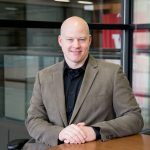 Dan Lisowski
Dan Lisowski
Associate Professor, Department of Theatre and Drama
Lisowski investigates engineering innovations to enhance live performance and entertainment. Using emergent technology from the fields of motion capture, industrial automation, video games, and functional safety, he develops new entertainment systems for public performance and explores technology-infused storytelling methodologies.
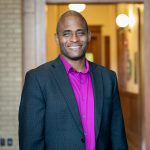 Percival Matthews
Percival Matthews
Associate Professor, Department of Educational Psychology
Matthews studies how people think about mathematics with two primary goals: 1) to understand how basic human abilities (like memory and perception) can support math; and 2) to use this basic knowledge to help improve teaching techniques to impact the learning of everyday children. He currently focuses on how people understand fractions and the equals sign.
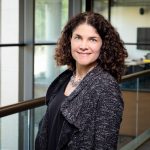 Linn Posey-Maddox
Linn Posey-Maddox
Associate Professor, Department of Educational Policy Studies
Posey-Maddox’s research and teaching interests are focused on urban and suburban education, education and urban policy, and family-school relationships. She is the author of “When Middle-Class Parents Choose Urban Schools: Class, Race, and the Challenge of Equity in Public Education.”
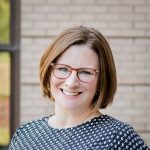 Andrea Ruppar
Andrea Ruppar
Associate Professor, Department of Rehabilitation Psychology and Special Education
Ruppar’s research focuses on equity and inclusion for students with extensive support needs (who are typically labeled with intellectual disability, autism, or multiple disabilities). Her work particularly centers on teachers, and how their decisions affect students’ educational opportunities and outcomes. Most recently, Ruppar has been examining how ableism — discriminatory assumptions about individuals with disabilities — might affect teachers’ decisions and students’ experiences in school.
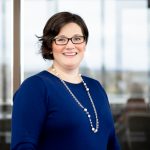 Rosemary S. Russ
Rosemary S. Russ
Associate Professor, Department of Curriculum and Instruction. Ann Wallace Faculty Fellowship
Russ examines how teachers and learners conceptualize knowledge and learning across a variety of contexts. Her work assumes the types of knowledge people use during sense-making about the world depends critically on how they understand themselves as learners (or not). In doing so, she expands traditional notions of who counts as learners and what counts as learning.
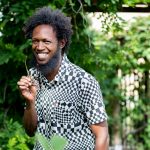 Chris Walker
Chris Walker
Professor, Dance Department
Walker is a multi-hyphenate contemporary dance and performance artist. Rooted in “Resistance Aesthetics,” Walker’s work draws upon the danced rituals, mas traditions, and embodied performance history of the African diaspora. The founding artistic director of OMAI/First Wave, Walker developed the First Wave Process. His research intersects dance choreography for the concert stage with collaborations with visual and performance artists for museum, alternate spaces, professional theatre, and video/film.